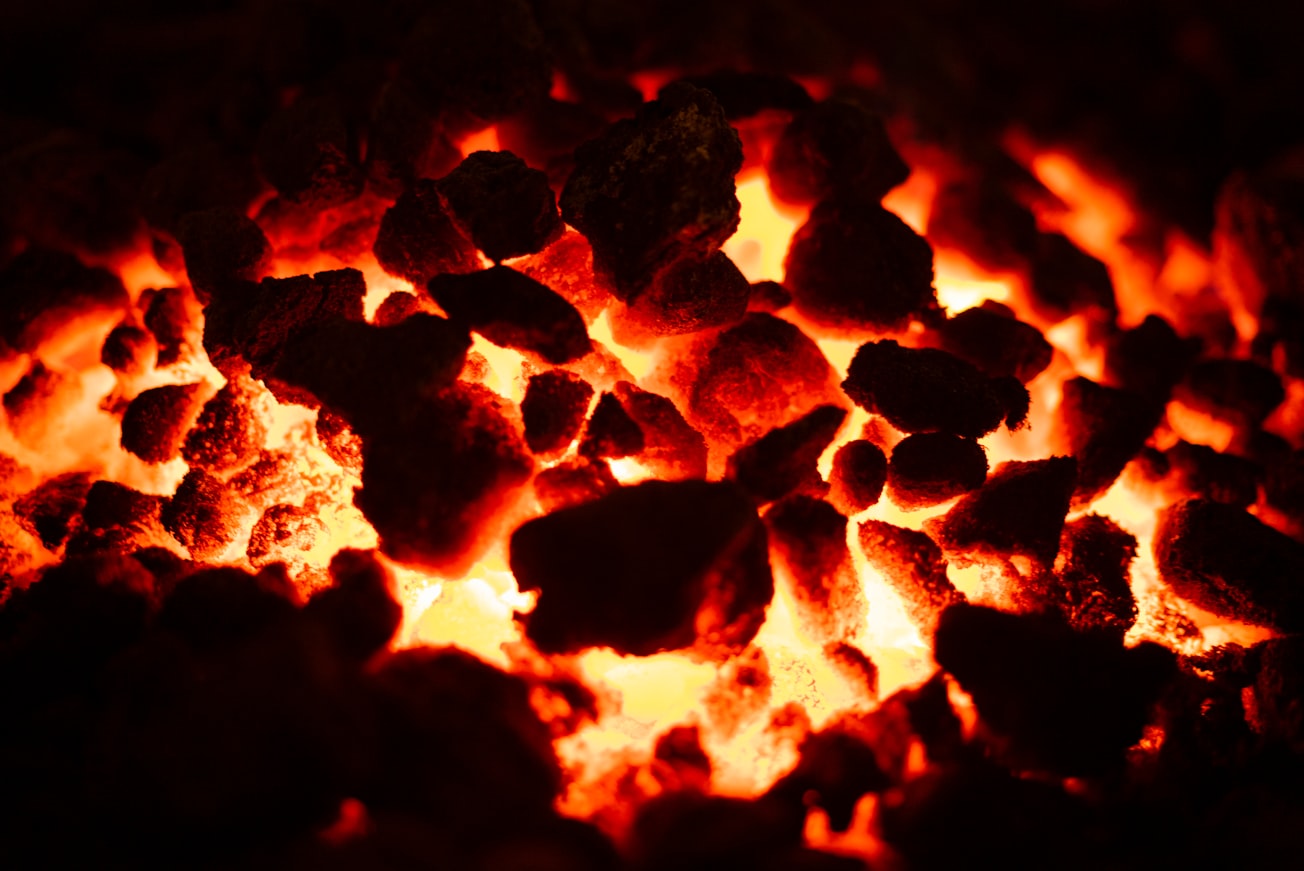What is it about?
The world needs to embrace clean energy in order to reduce greenhouse gas (GHG) emissions. China, the world’s largest producer and consumer of coal, is now trying to adopt new energy sources. China aims to increase the use of coal bed methane (CBM) and coal mine methane (CMM). CBM is methane trapped in coal seams below the ground and CMM is methane released due to coal mining. Using these would help reduce pollution and reduce deaths due to mine explosions. The authors of this paper studied this policy shift in China towards the use of these non-traditional energy sources. They found that this shift to another form of energy would reduce GHGs by about 2.3%, prevent mine explosion deaths, and improve indoor air quality. This also has a more positive effect on the climate as it helps to reduce methane released into the air.
Featured Image

Photo by Juan Encalada on Unsplash
Why is it important?
Coal is the main source of electricity in China. Due to the overuse of coal, reducing pollution is difficult. The levels of fine particulate matter (which are tiny smoke particles in the air) in China are much higher than the standards suggested by the World Health Organization. With these new regulations, China can tackle three goals at once: meeting its climate targets of shifting to clean energy, reducing pollution, as well as ensuring safety during mining operations. KEY TAKEAWAY: Clean energy is a certain need for a green future, and China can meet this need through its new natural gas regulations. CBM and CMM are useful options that can fulfil China’s natural gas needs in the heating and the electricity sector and reduce the use of coal, with significant improvements in air quality and reduction in premature mortalities.
Read the Original
This page is a summary of: Potential Uses of Coal Methane in China and Associated Benefits for Air Quality, Health, and Climate, Environmental Science & Technology, August 2020, American Chemical Society (ACS),
DOI: 10.1021/acs.est.0c01207.
You can read the full text:
Contributors
Be the first to contribute to this page










